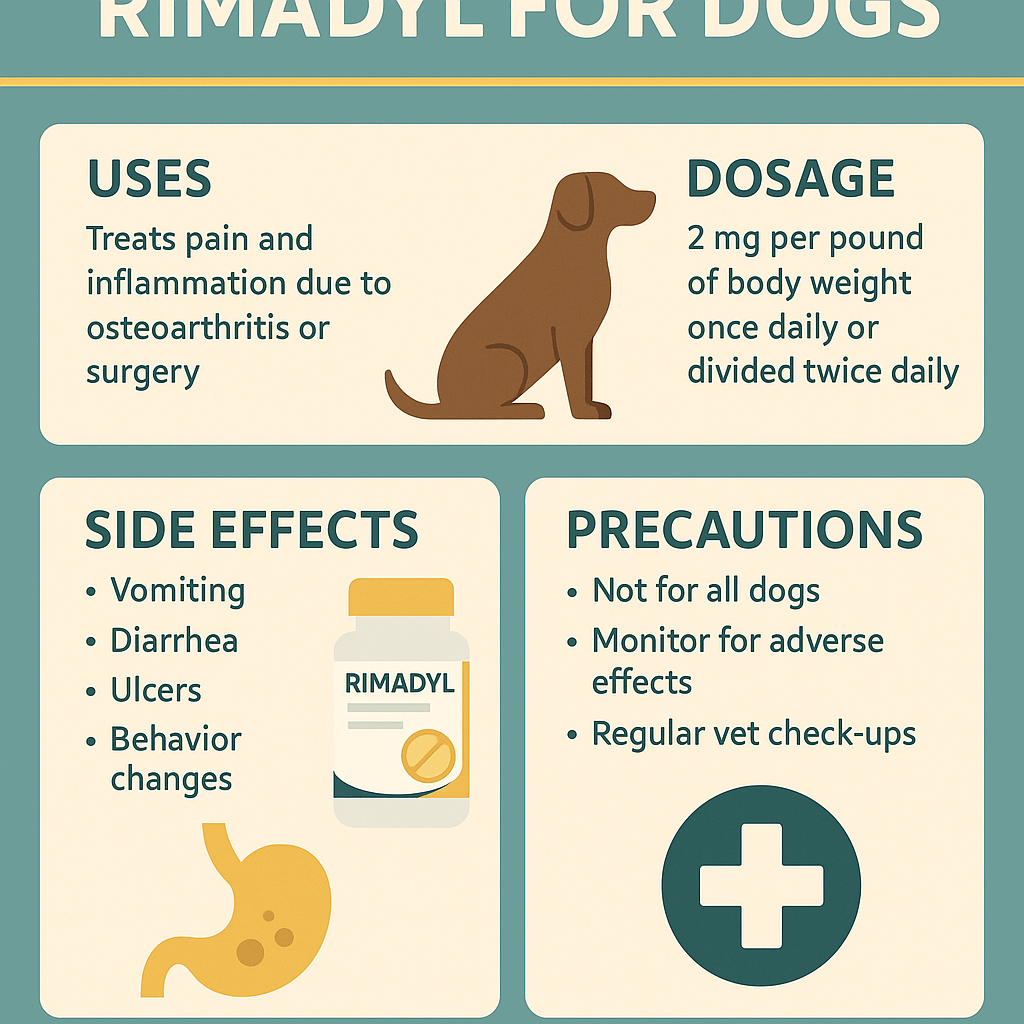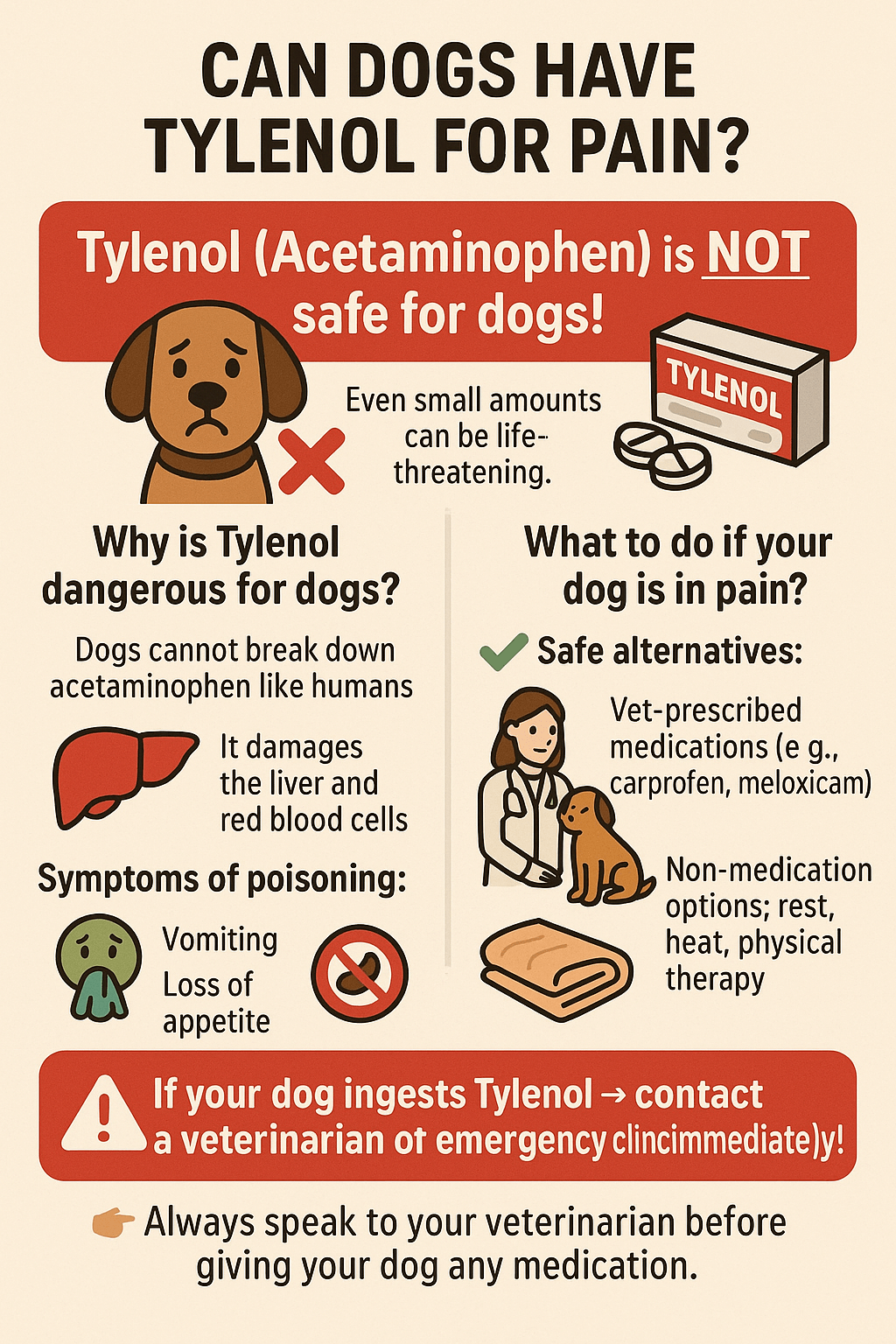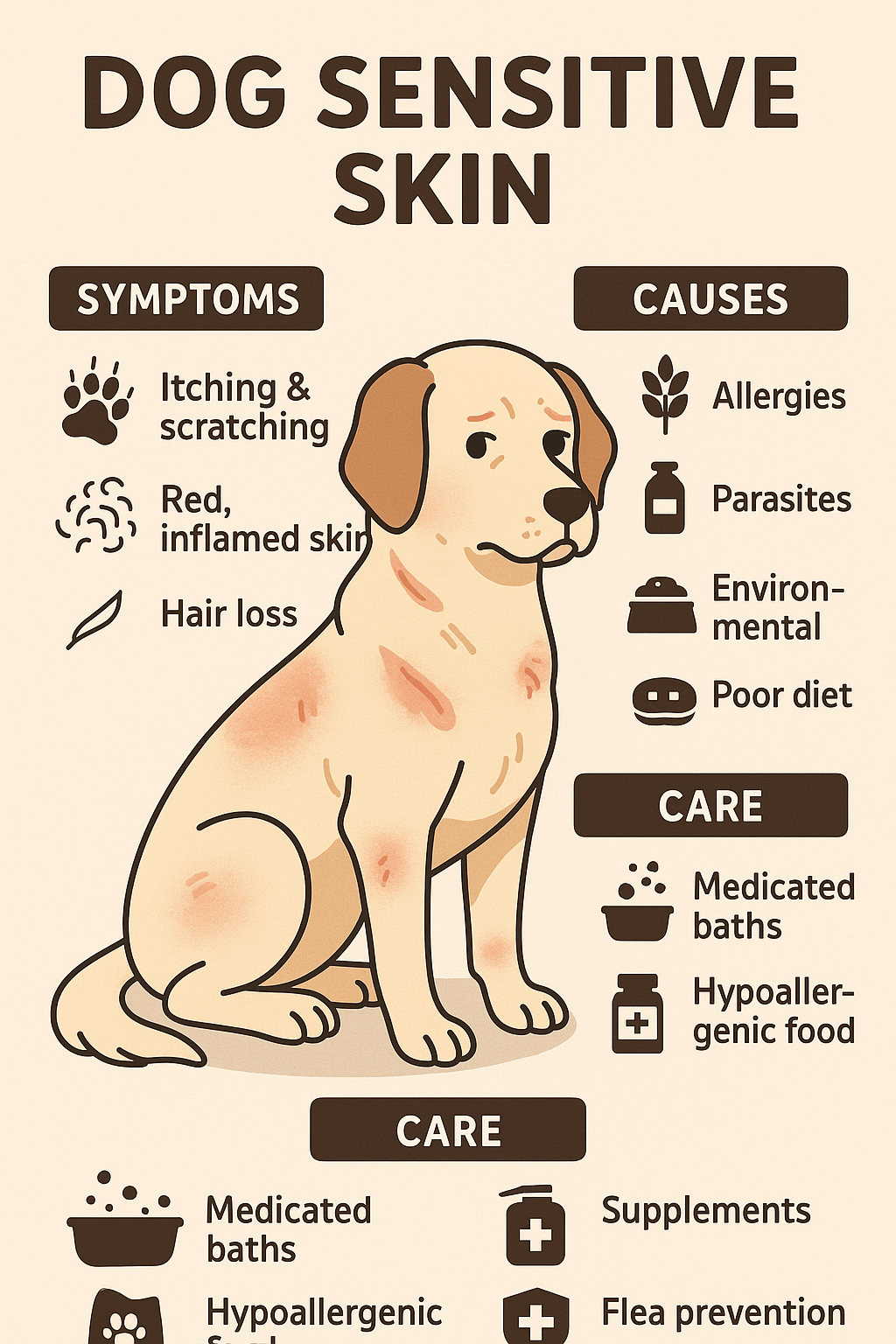Does My Dog Have Mites? Understanding the Signs and Solutions
If you’ve noticed your furry friend scratching more than usual or showing signs of discomfort, you might be wondering, “Does my dog have mites?” Mites are tiny parasites that can cause significant irritation and health issues for dogs if left untreated. While they’re microscopic and hard to spot with the naked eye, their effects are anything but subtle. This blog post will guide you through identifying potential mite infestations, understanding their impact, and exploring effective treatment options. Whether you’re a seasoned pet owner or new to the world of canine care, this article will equip you with the knowledge you need to keep your dog happy and healthy.
Signs Your Dog May Have Mites
Detecting mites early can save your dog from unnecessary suffering. Here are some common signs that could indicate your dog has mites:
Excessive scratching or licking
Red, inflamed skin
Hair loss in patches
Scabs or crusty skin
Unusual head shaking or ear scratching
If your dog exhibits any of these symptoms, it’s important to consult a veterinarian promptly. Early intervention can prevent complications and ensure your dog gets back to their playful self sooner.
Types of Mites That Affect Dogs
Not all mites are created equal. Understanding the different types of mites that can affect your dog is crucial for proper diagnosis and treatment. Here’s a breakdown:
Demodex Mites
These live in hair follicles and are often linked to weakened immune systems.Sarcoptic Mites
Also known as scabies, these mites burrow into the skin and cause intense itching.Ear Mites
Commonly found in the ear canal, these mites lead to head shaking and ear irritation.Cheyletiella Mites
Often called “walking dandruff,” these mites are visible as moving flakes on the skin.Trombiculid Mites
Also known as chiggers, these mites attach to the skin and cause red bumps.
Each type of mite requires specific treatment, so accurate identification is key to resolving the issue effectively.
Check this guide 👉Understanding the Tick on Dog Ear: Best 7 Health Tips!
Check this guide 👉Understanding Black Fly Bites on Dogs: Best 7 Behavior Tips!

Type of Mite | Common Symptoms |
|---|---|
Demodex Mites | Hair loss, scaly skin |
Sarcoptic Mites | Intense itching, red bumps |
Ear Mites | Head shaking, dark discharge in ears |
Cheyletiella Mites | Flaky skin, visible moving flakes |
Trombiculid Mites | Red welts, localized itching |
How to Treat Mites in Dogs
Treating mites involves a combination of veterinary care and home management. Here’s what you can do to help your dog recover:
Consult a vet for a proper diagnosis and treatment plan
Use medicated shampoos or topical treatments prescribed by the vet
Clean your dog’s bedding and living area thoroughly
Avoid using over-the-counter products without professional advice
Monitor your dog’s condition and report any changes to the vet
With consistent care and attention, most mite infestations can be resolved within a few weeks. Patience and persistence are key to ensuring your dog’s full recovery.
Preventing Mite Infestations in Dogs
Prevention is always better than cure when it comes to mites. Here are some practical steps to keep your dog mite-free:
Maintain regular grooming routines
Keep your dog’s environment clean and free of pests
Schedule routine vet check-ups to catch issues early
Avoid contact with stray animals or those showing signs of mites
Feed your dog a balanced diet to boost their immune system
By taking these preventive measures, you can significantly reduce the risk of mites affecting your dog and enjoy peace of mind knowing your pet is protected.
Understanding the Impact of Mites on Your Dog’s Health
Mites can wreak havoc on your dog’s health if left untreated. They not only cause physical discomfort but can also lead to secondary infections. Here are some potential health impacts of mites:
Persistent scratching can lead to open wounds and bacterial infections
Ear mites may cause ear infections, leading to hearing issues if untreated
Severe infestations can weaken your dog’s immune system over time
Chronic skin irritation can result in thickened or discolored skin
Hair loss can affect your dog’s ability to regulate body temperature
Addressing mite infestations early is crucial to prevent these long-term health consequences and ensure your dog stays in optimal condition.
How to Spot Mites in Different Areas of Your Dog’s Body
Mites can affect various parts of your dog’s body, and their symptoms may vary depending on the location. Knowing where to look can help you identify the problem faster. Here’s a breakdown of common areas affected by mites:
Ears: Look for dark, crumbly discharge and excessive head shaking
Paws: Check for redness, swelling, or constant licking of the paws
Belly: Inspect for bald patches or irritated skin
Back: Watch for dandruff-like flakes or scaly patches
Face: Notice any crusty skin around the eyes or mouth
By paying attention to these specific areas, you’ll be better equipped to recognize the presence of mites and seek appropriate treatment.
Home Remedies to Soothe Your Dog’s Skin During Treatment
While professional treatment is essential, there are some home remedies that can provide temporary relief for your dog’s irritated skin. These remedies should complement veterinary care, not replace it. Here are a few options to consider:
Use oatmeal-based baths to reduce itching and inflammation
Apply coconut oil to moisturize dry, flaky skin
Offer chamomile tea rinses to calm irritated areas
Use apple cider vinegar diluted with water as a natural antiseptic
Provide omega-3 fatty acid supplements to promote skin healing
These remedies can help ease your dog’s discomfort while you work with your vet to eliminate the mites completely. Always consult your veterinarian before introducing new treatments.
Frequently Asked Questions About Mites in Dogs
Can humans get mites from dogs?
Some types of mites, like sarcoptic mites, can temporarily affect humans, causing itching and irritation. However, they cannot survive on human skin for long.
How long does it take to treat mites in dogs?
Treatment duration varies depending on the type of mite and severity of the infestation but typically lasts 2–6 weeks.
Are mites contagious between dogs?
Yes, certain mites, such as sarcoptic and ear mites, are highly contagious and can spread between dogs.
Can I use natural remedies to treat mites?
While some natural remedies may provide relief, it’s best to consult a vet before trying them to avoid worsening the condition.
Will mites go away on their own?
No, mites require treatment to eliminate them completely. Leaving them untreated can lead to secondary infections and prolonged discomfort.
Wrapping Up: Keep Your Dog Happy and Healthy
Mites may be small, but their impact on your dog’s well-being can be significant. By staying vigilant and recognizing the signs early, you can address the issue before it escalates. Remember, prevention and prompt treatment are your best tools in the fight against mites. With love, care, and a little professional guidance, your dog can remain mite-free and enjoy a happy, itch-free life. So, the next time you wonder, “Does my dog have mites?” you’ll know exactly what to look for and how to act.
Rimadyl for Dogs: Best 7 Expert Tips! Discover expert advice on using Rimadyl safely, managing pain, and improving your dog’s mobility with trusted veterinary insights.
Can Dogs Have Tylenol for Pain? Best 7 Expert Tips! Discover the risks, safe alternatives, and expert advice on managing your dog’s pain effectively while avoiding harmful medications.
Understanding Hemophilia in Dogs: Best 7 Expert Tips! Discover expert advice on managing hemophilia, recognizing symptoms, and ensuring your dog’s well-being with practical care strategies.
Understanding Dog Sensitive Skin: Best 7 Expert Tips! Discover expert advice on managing dog sensitive skin, relieving irritation, and improving your pup’s comfort with practical solutions.





